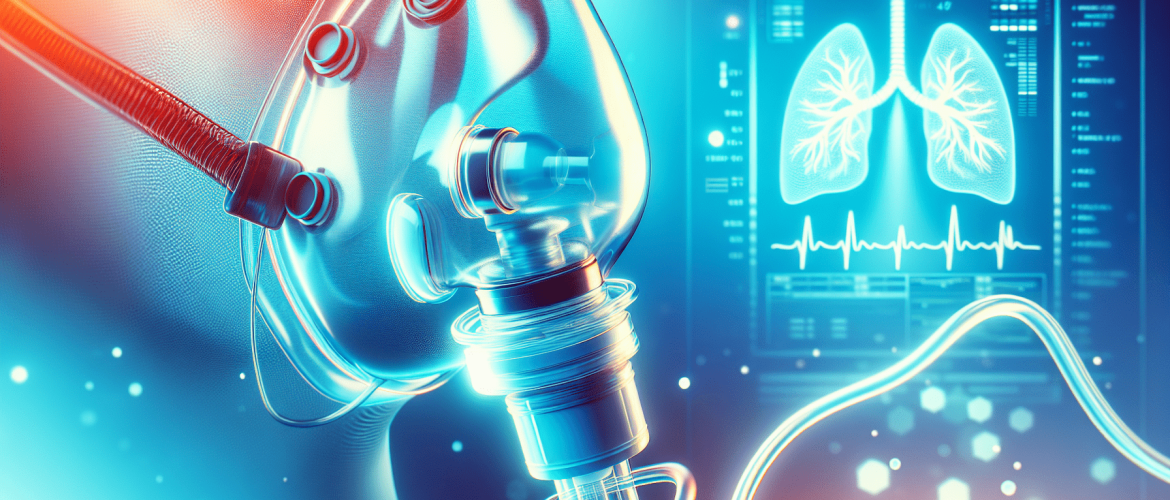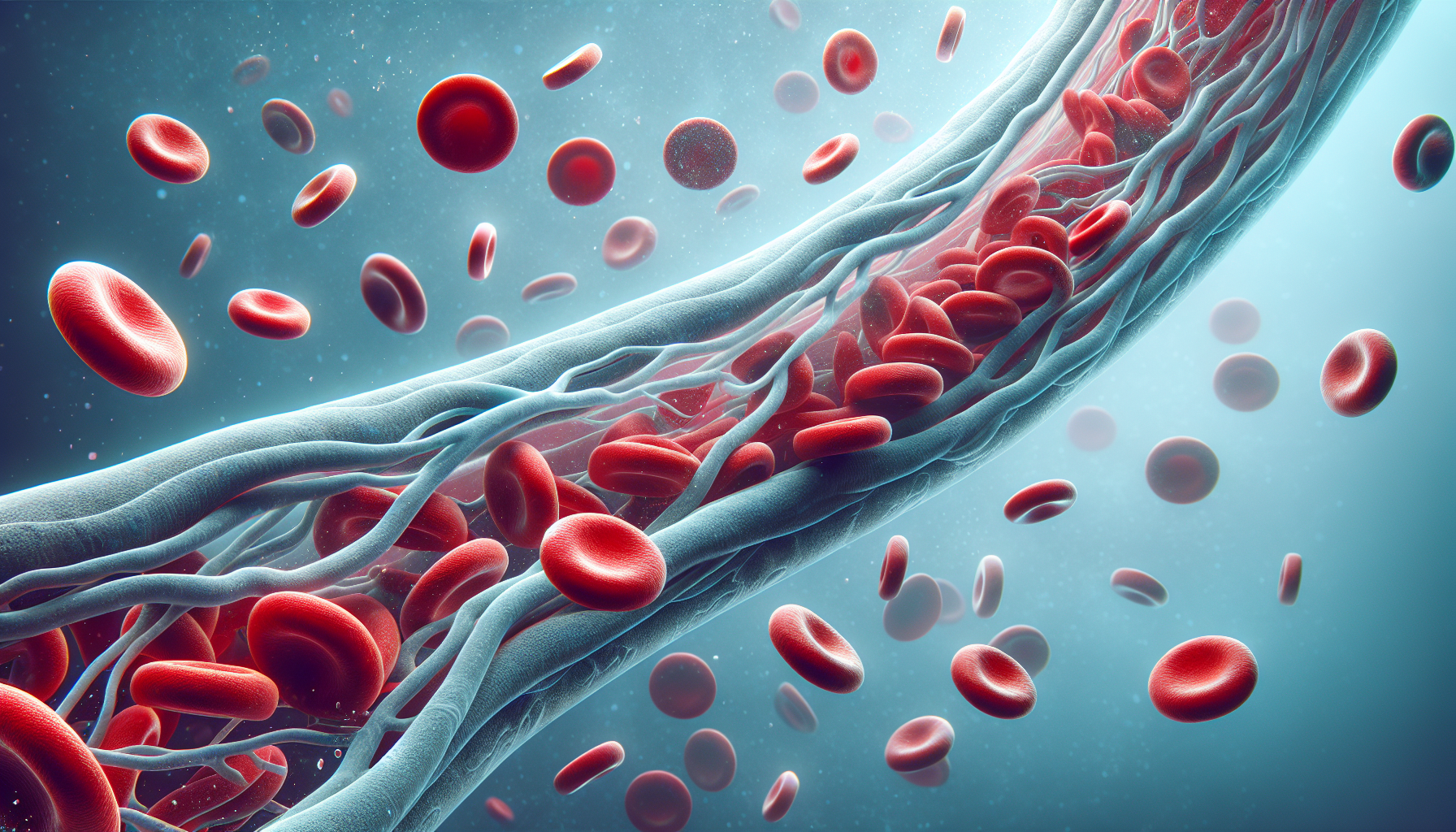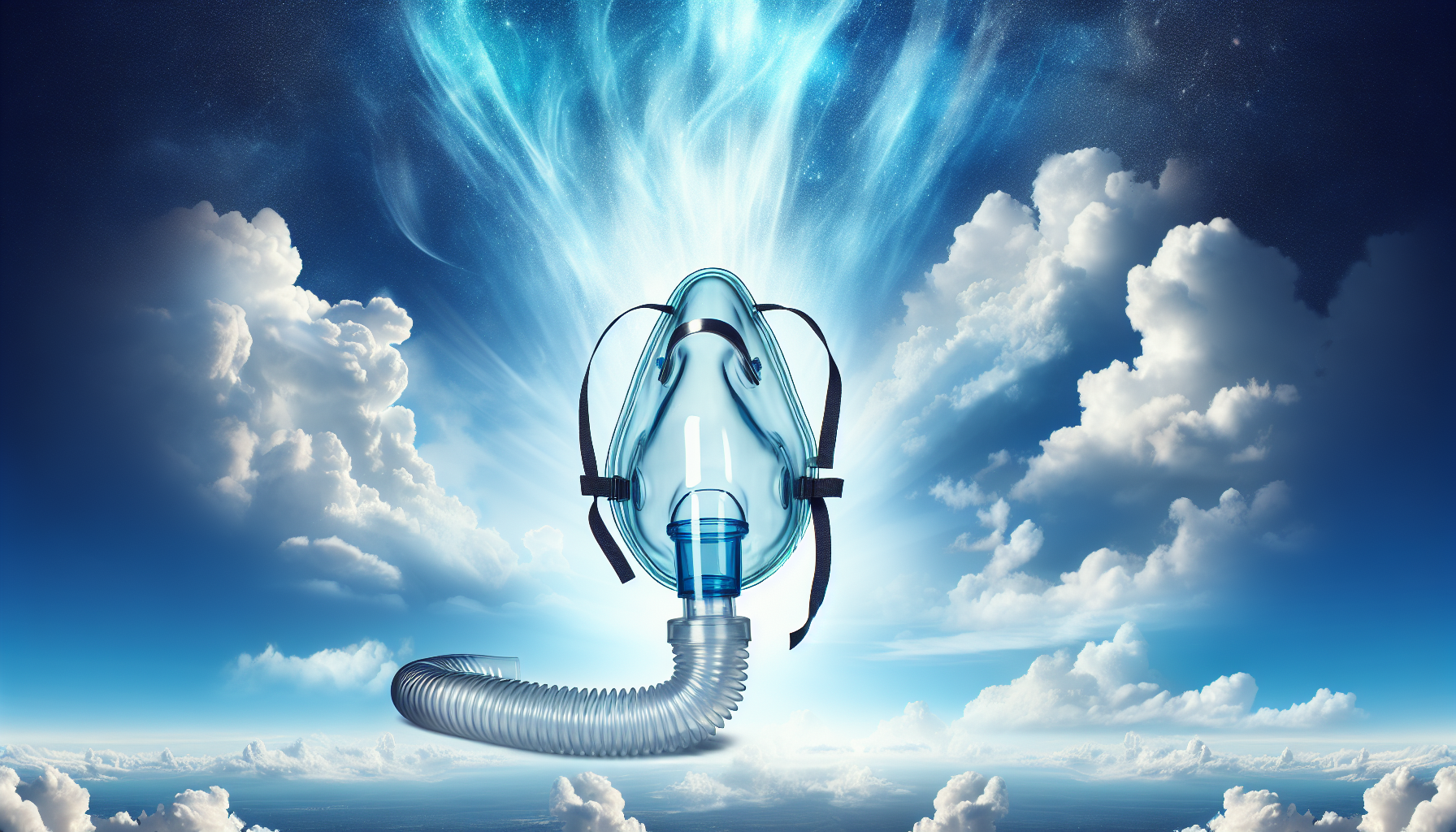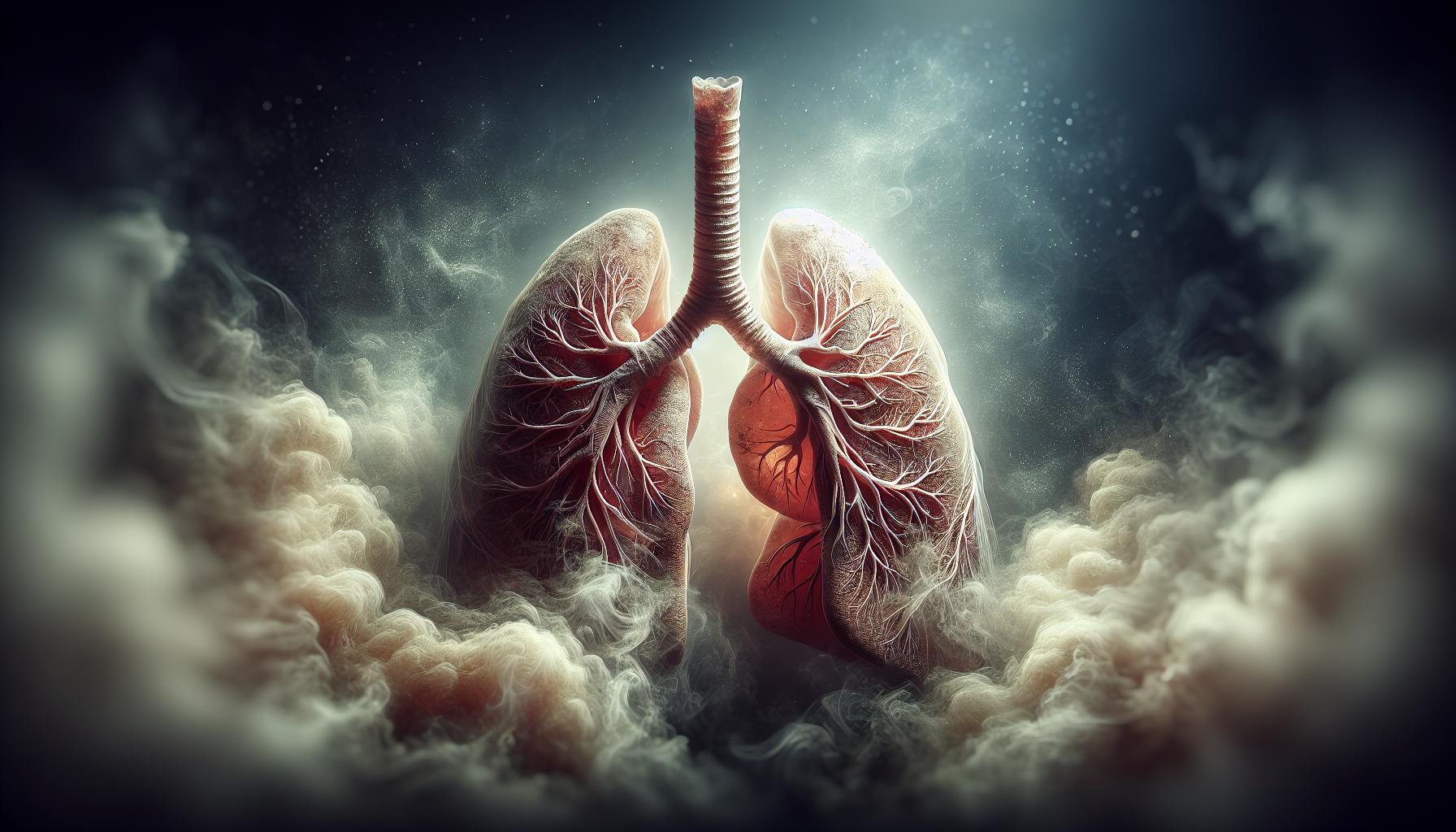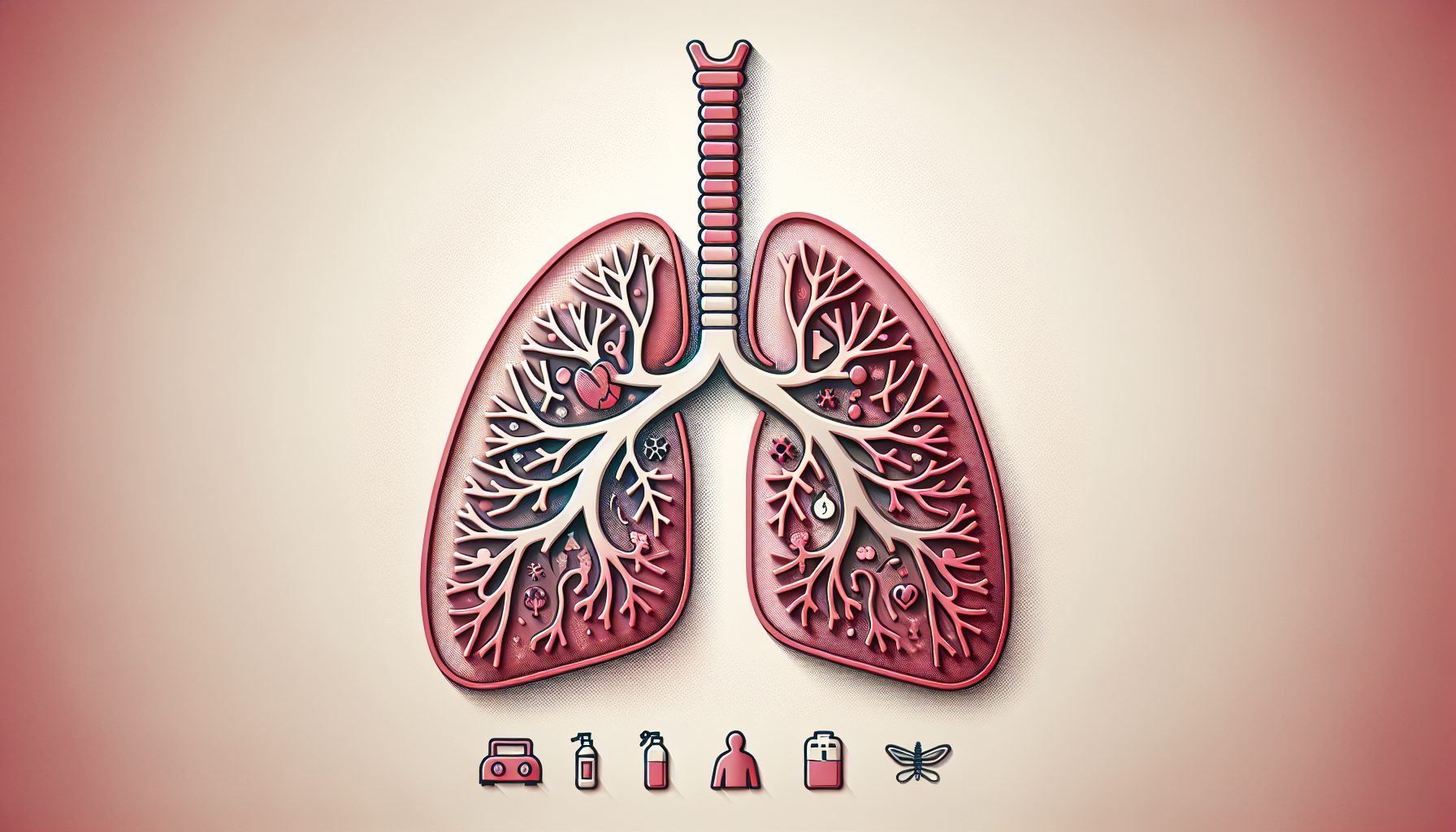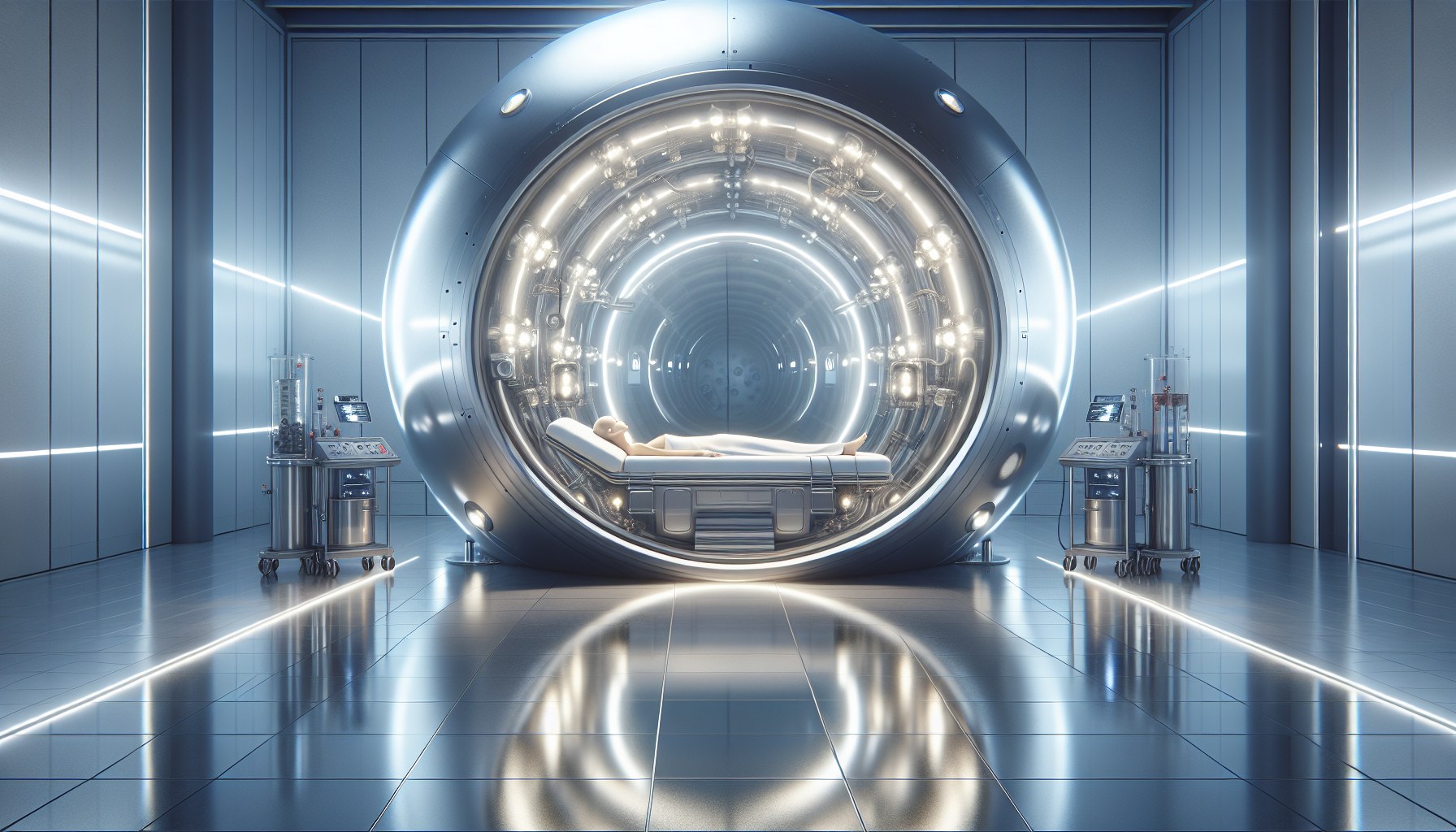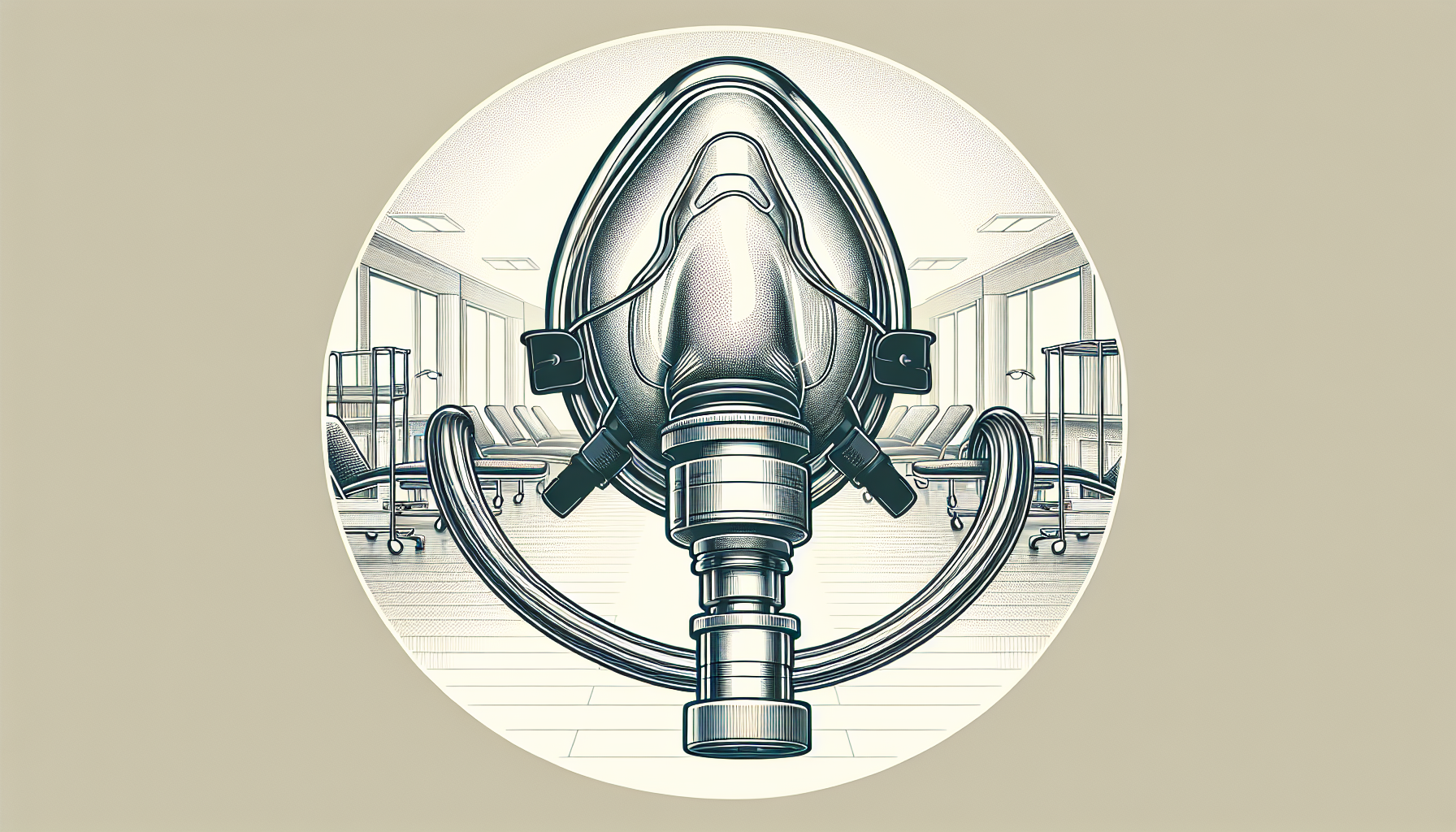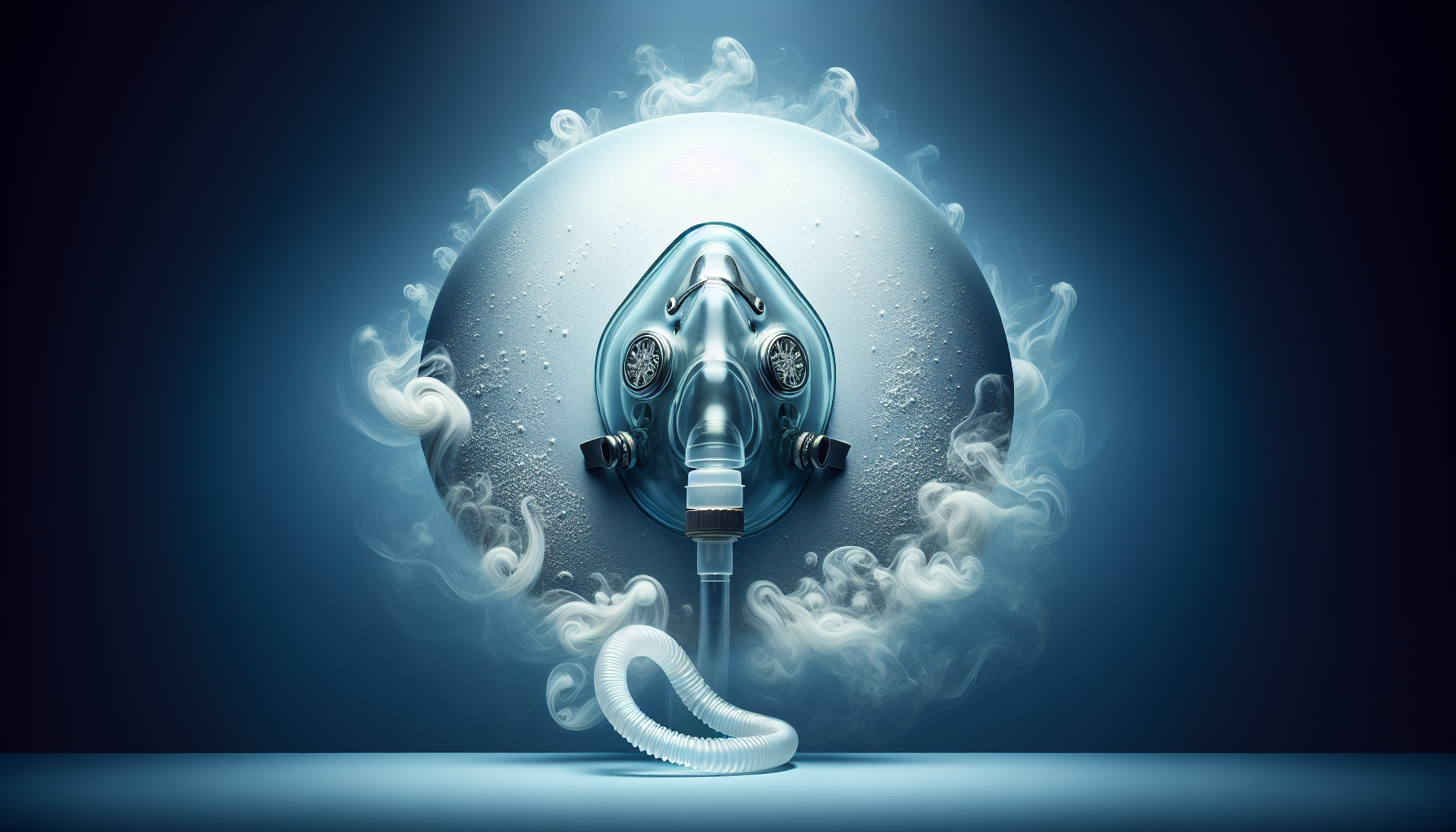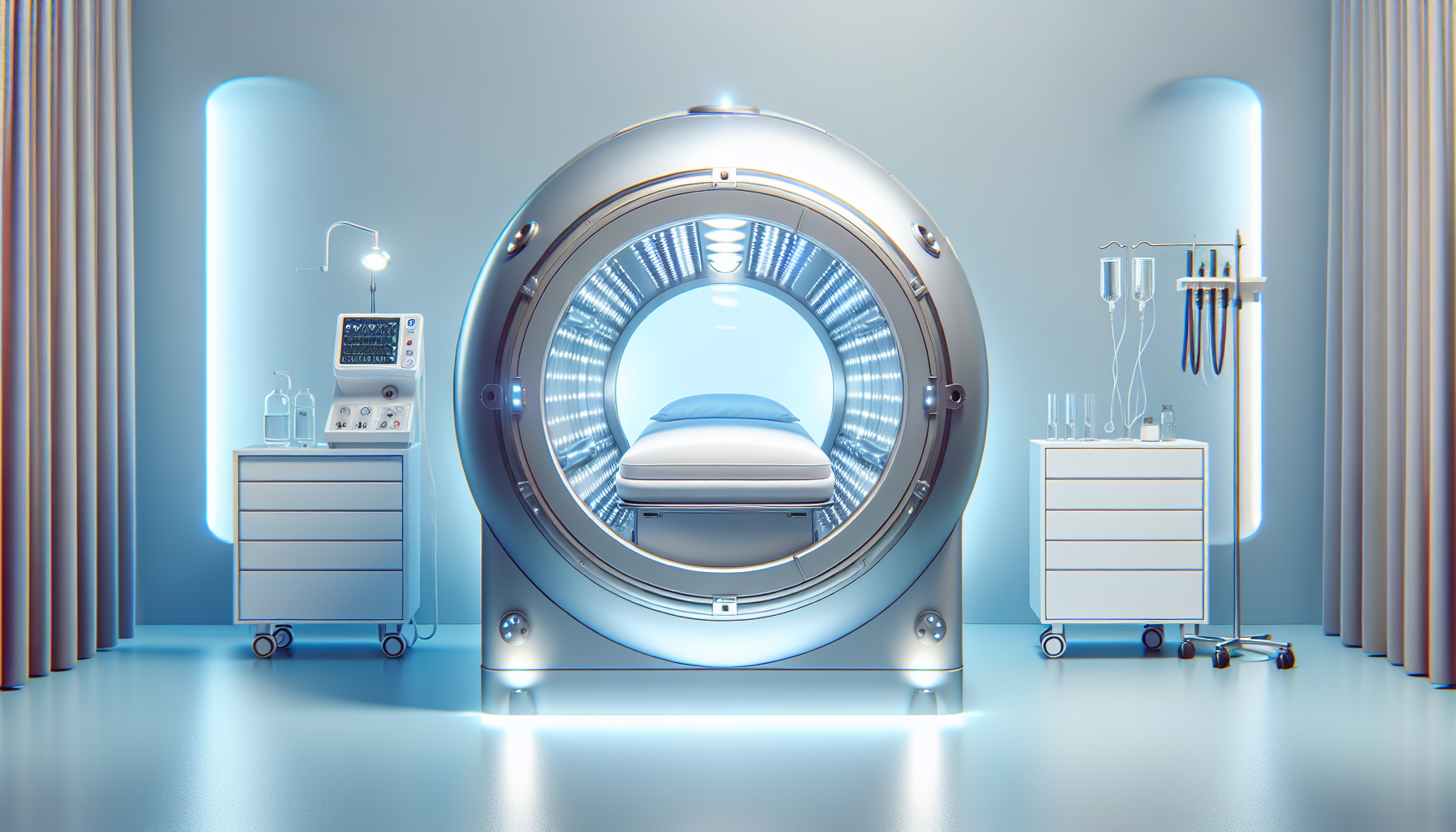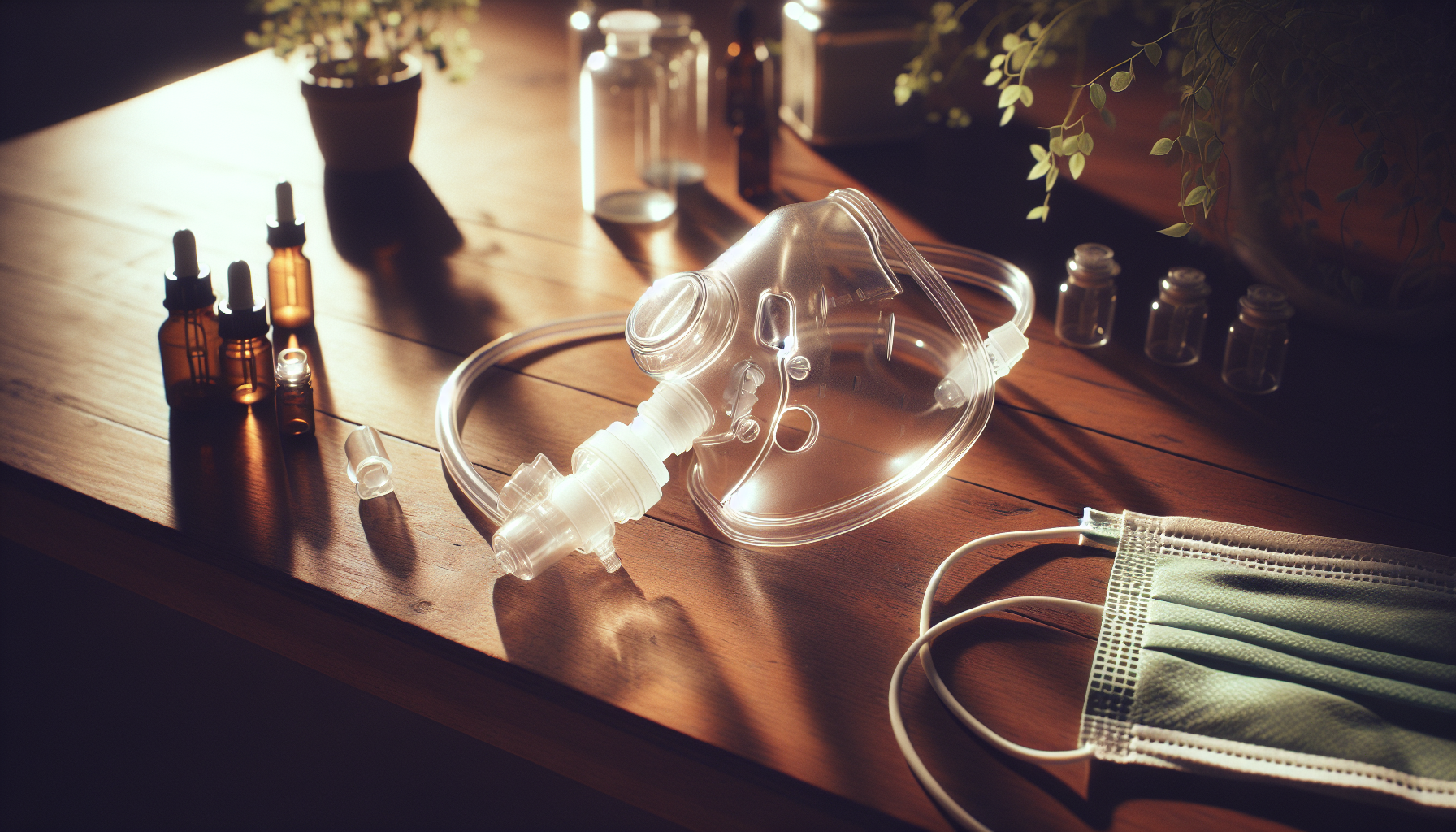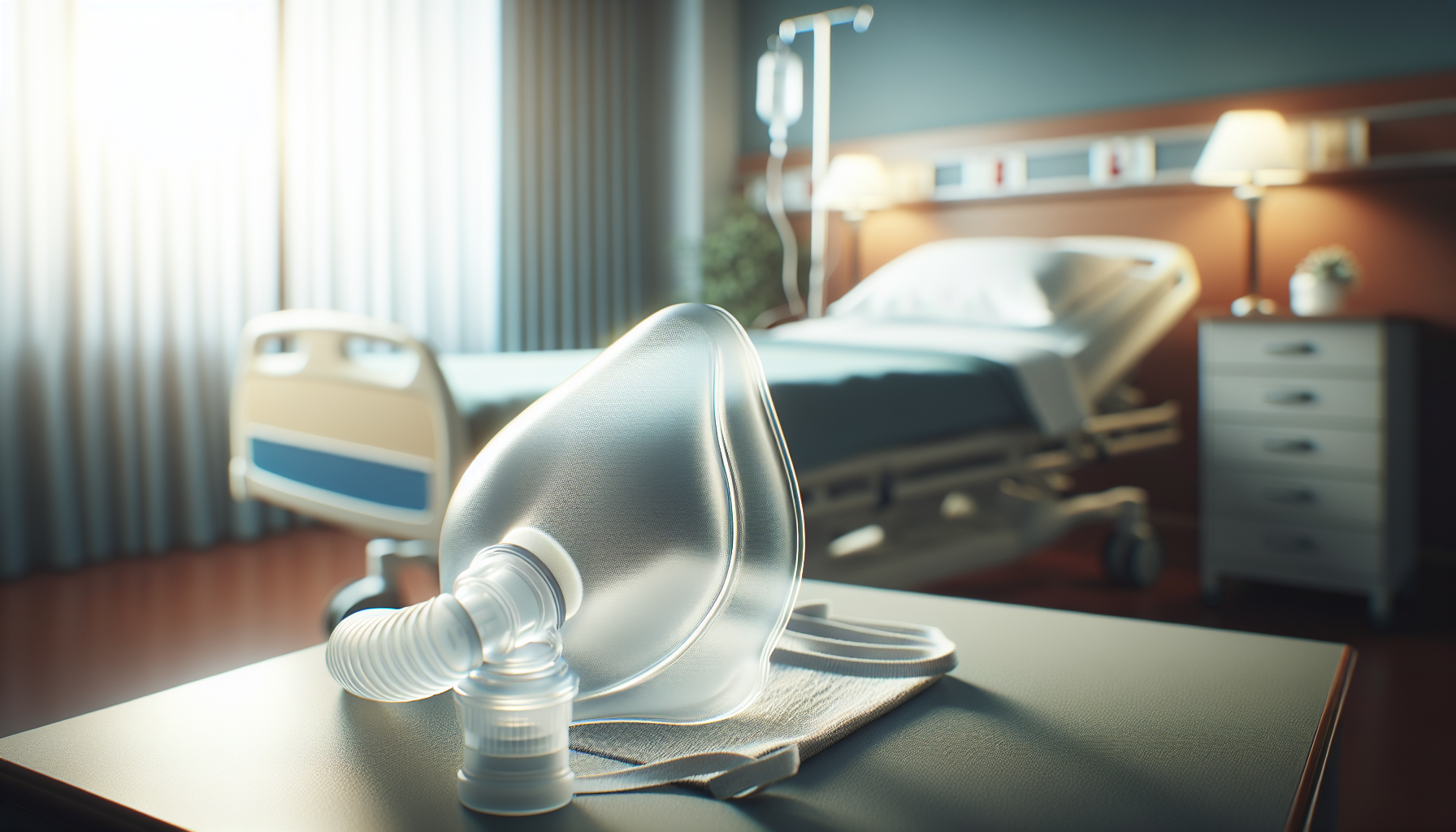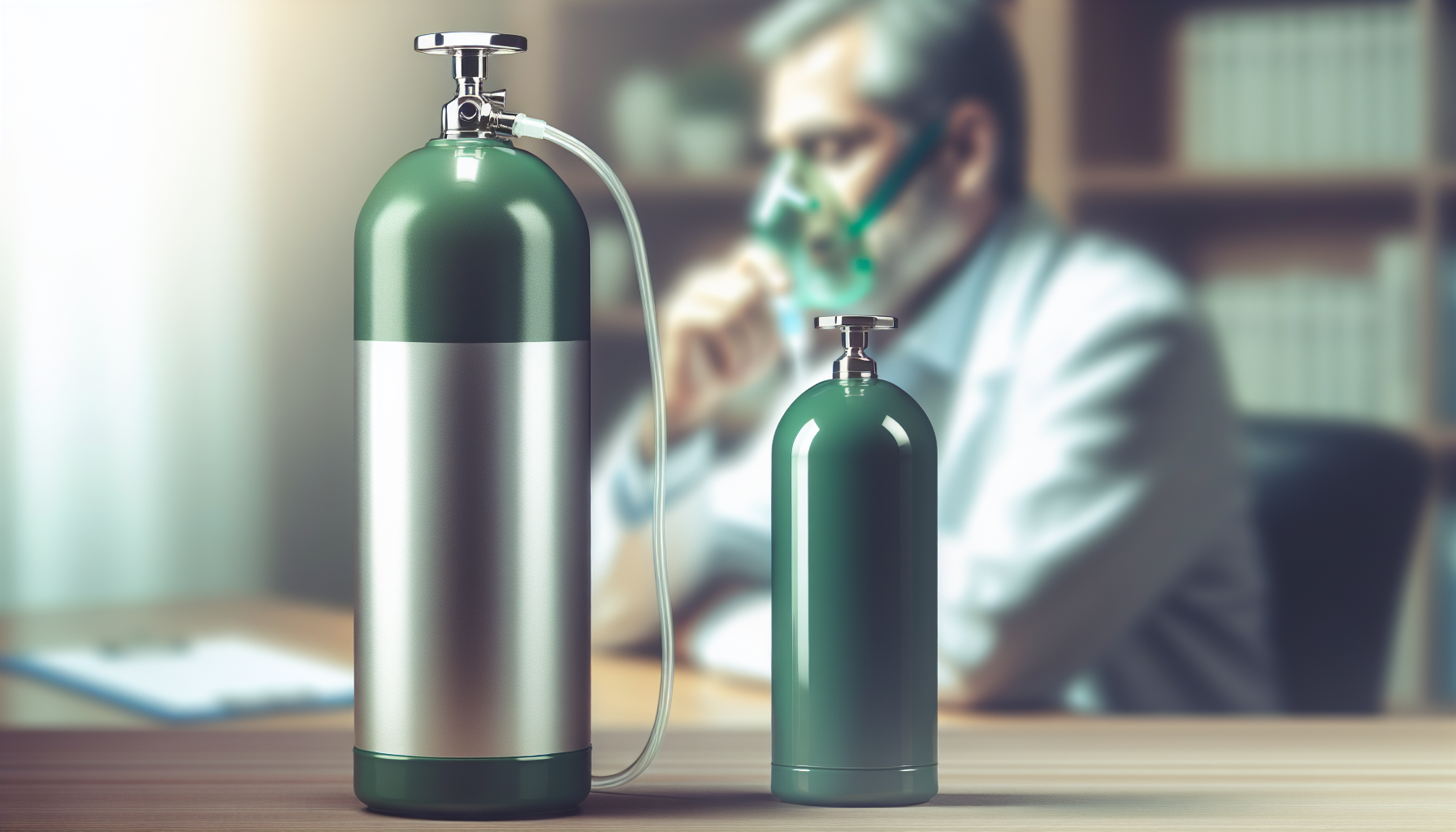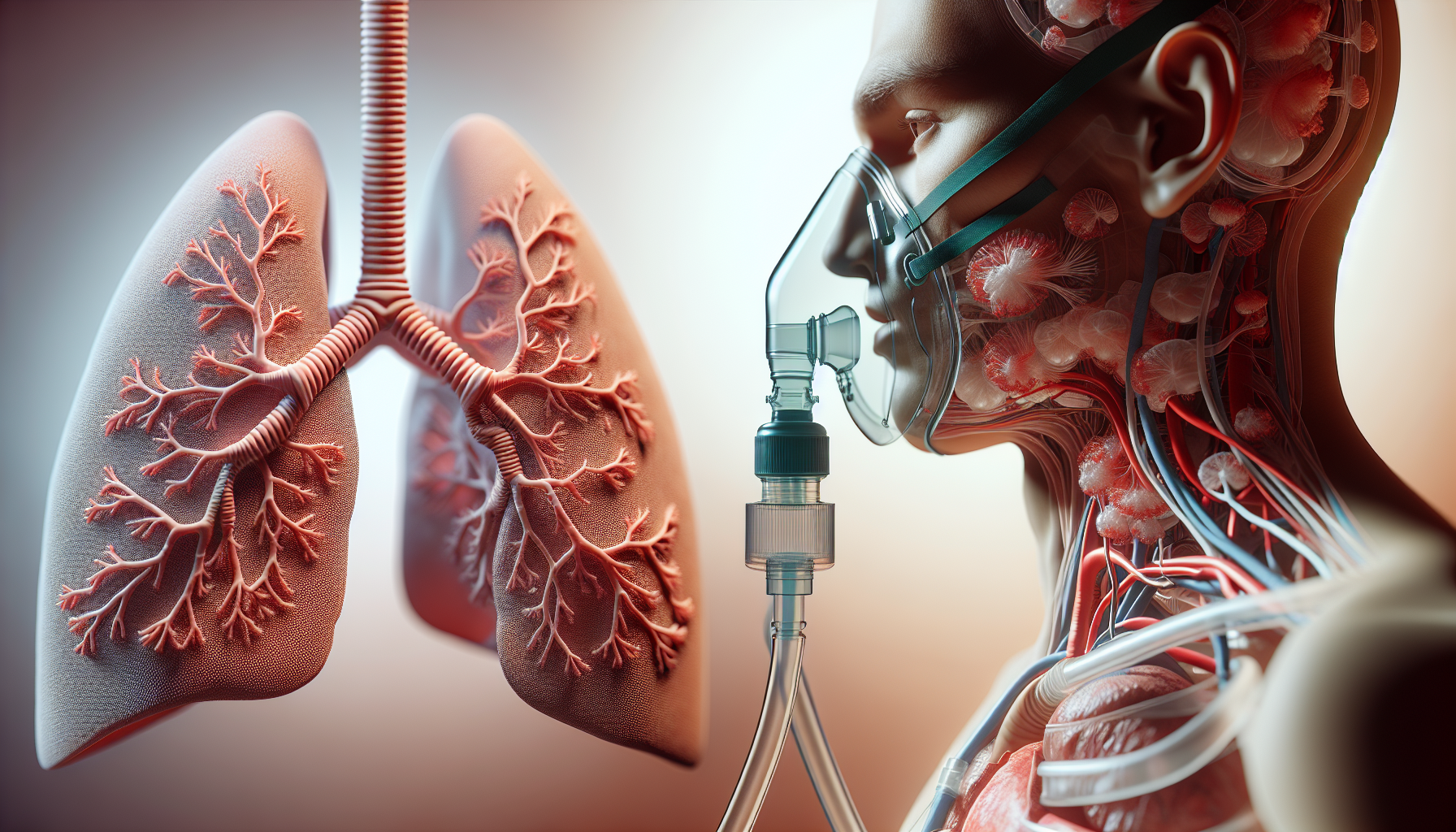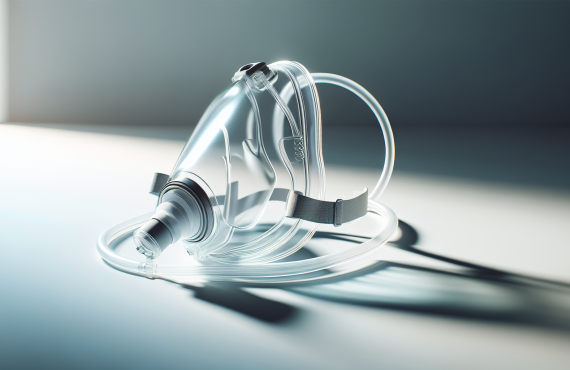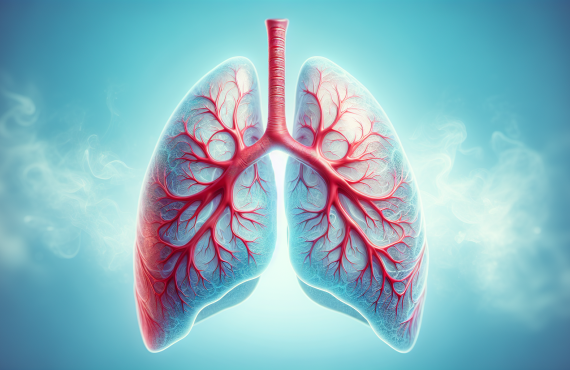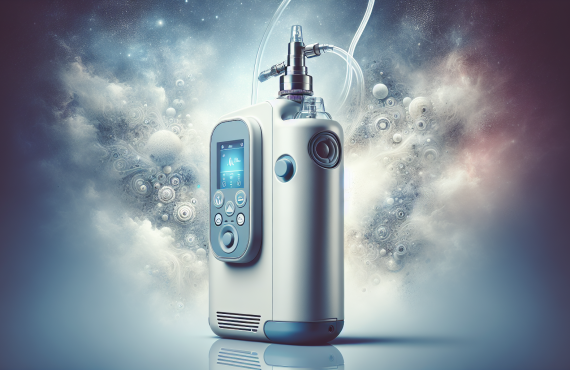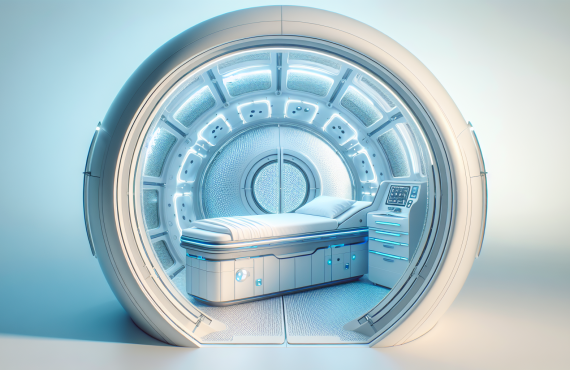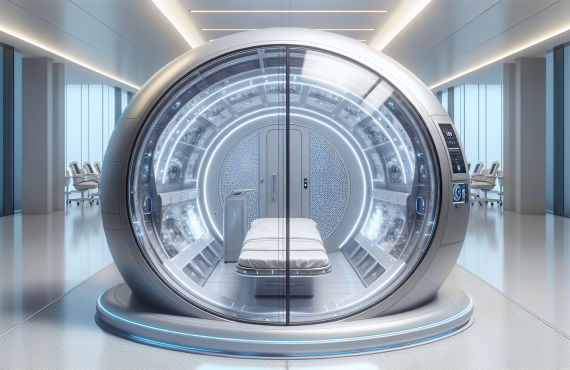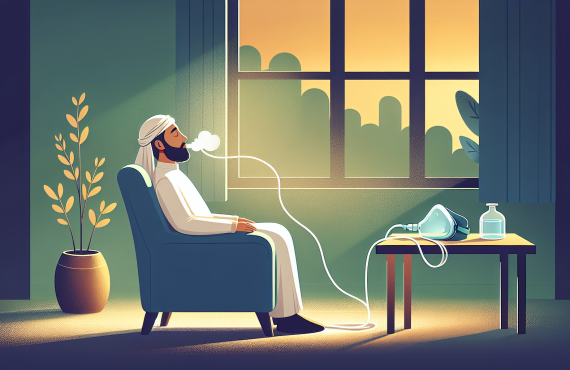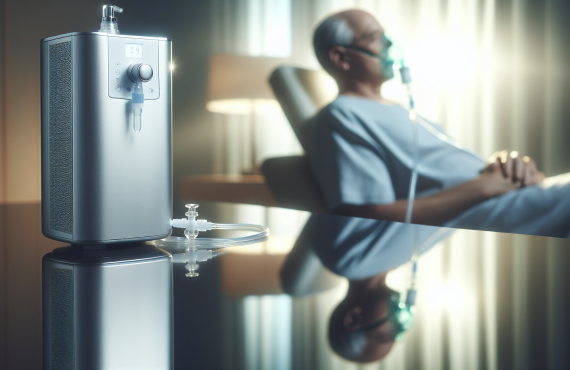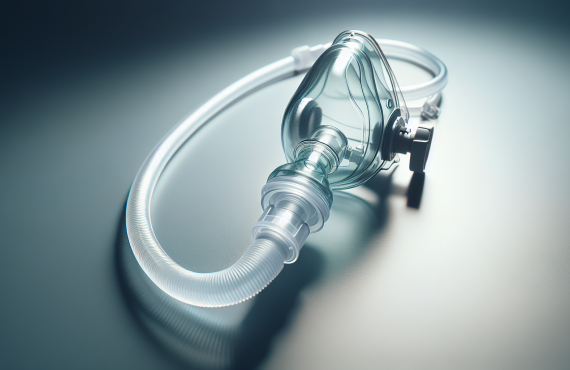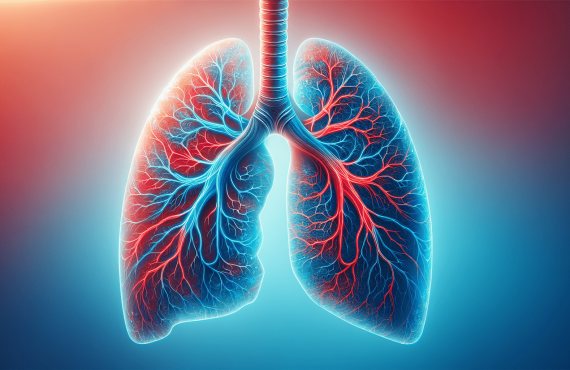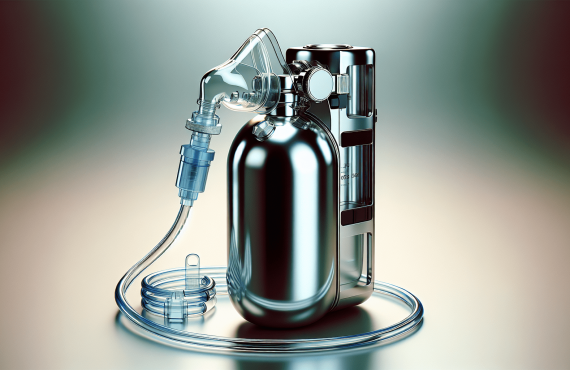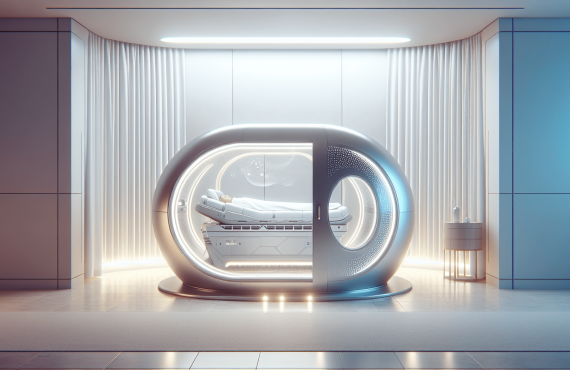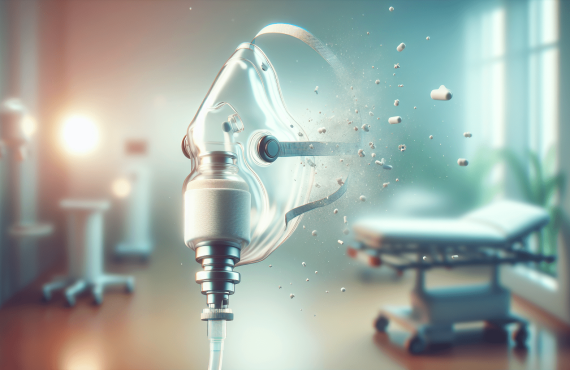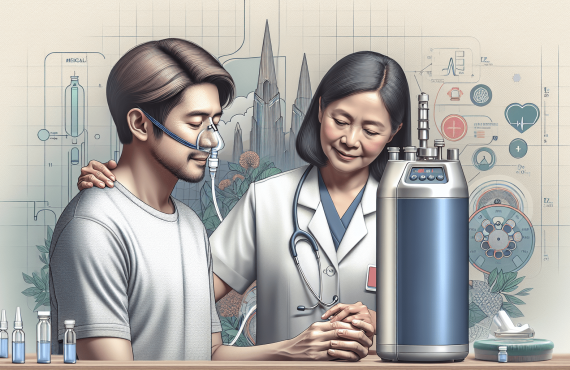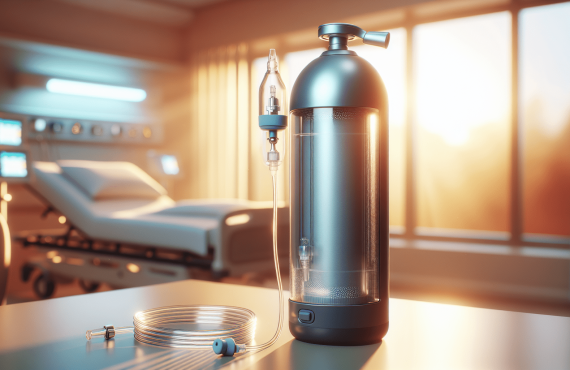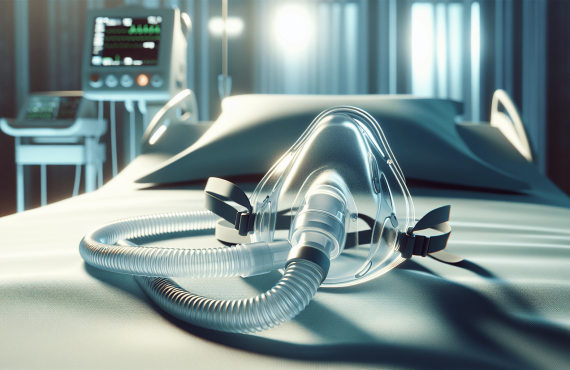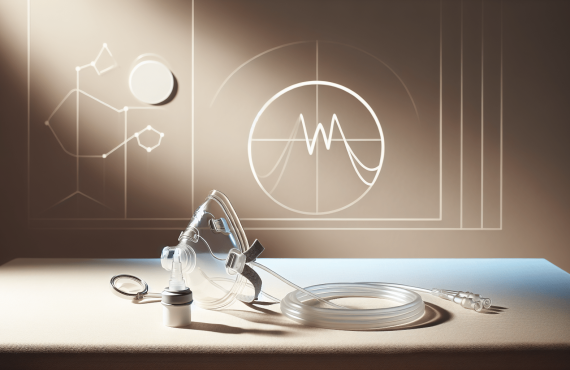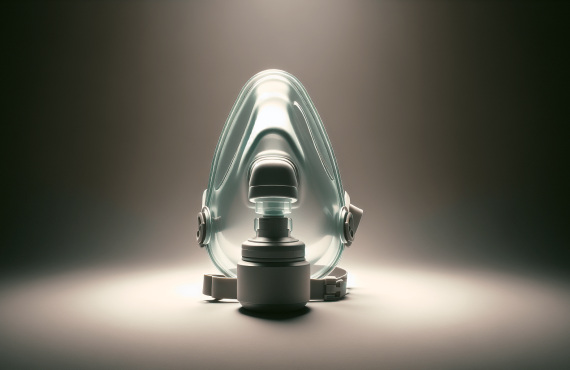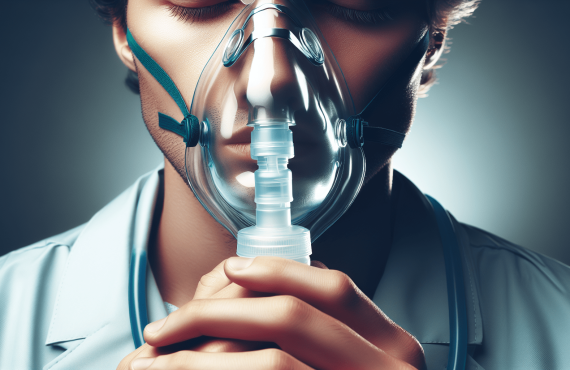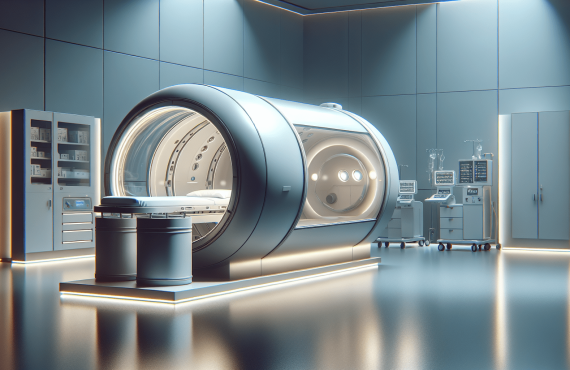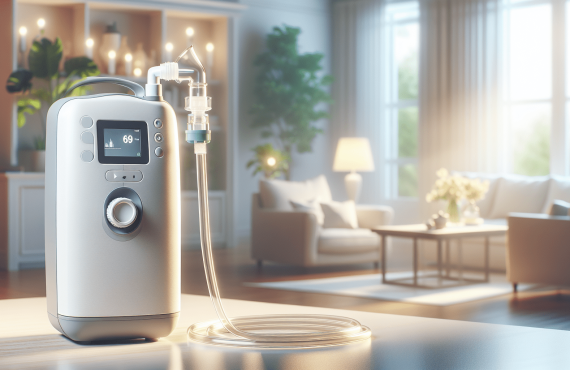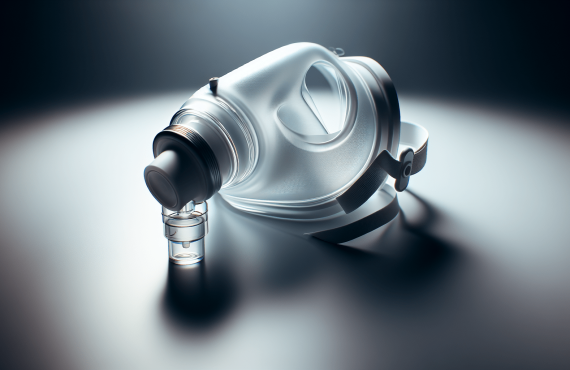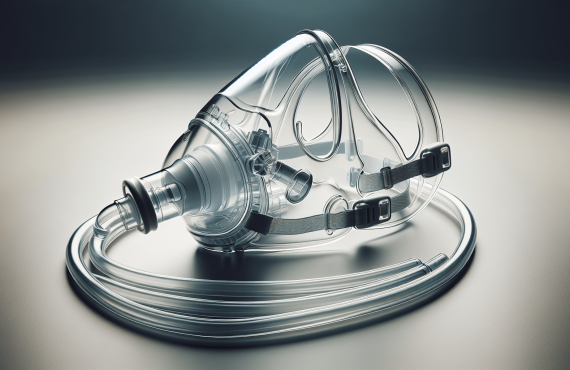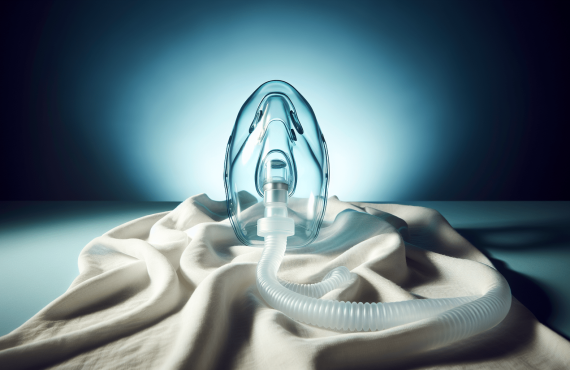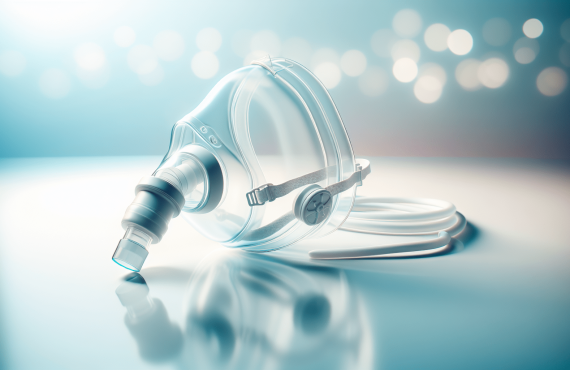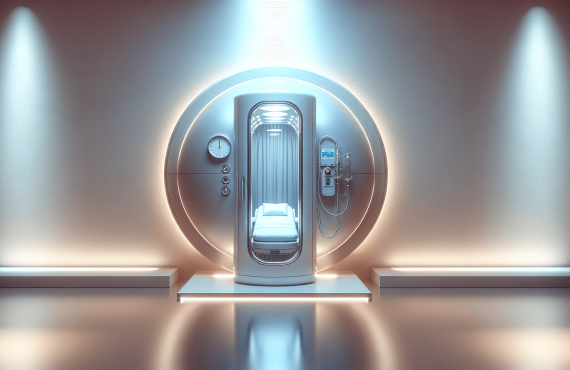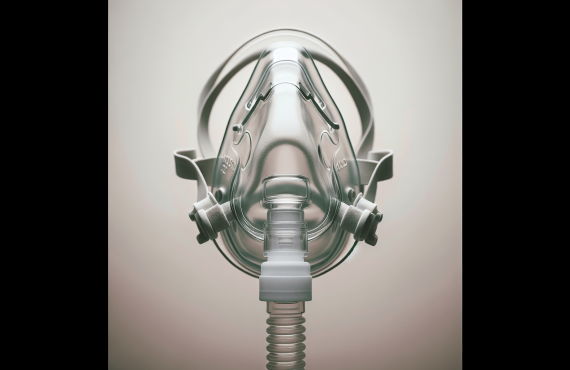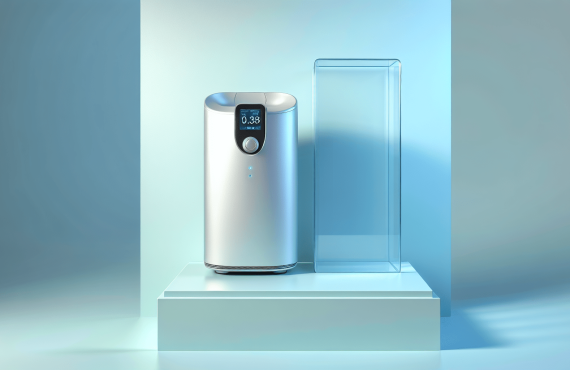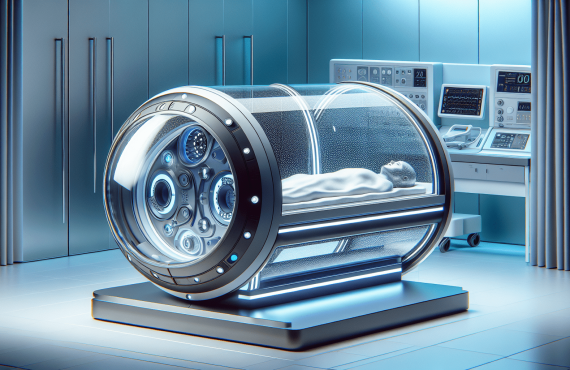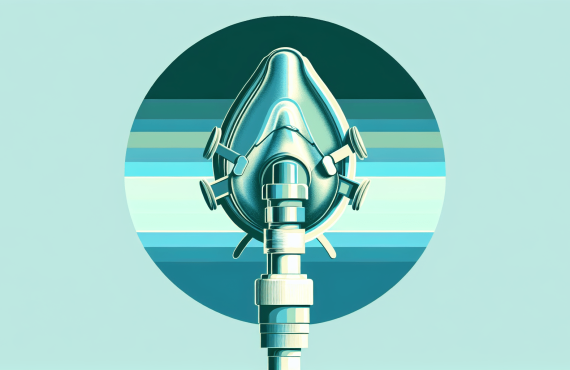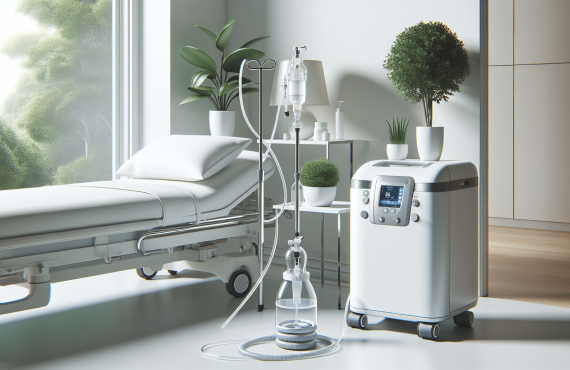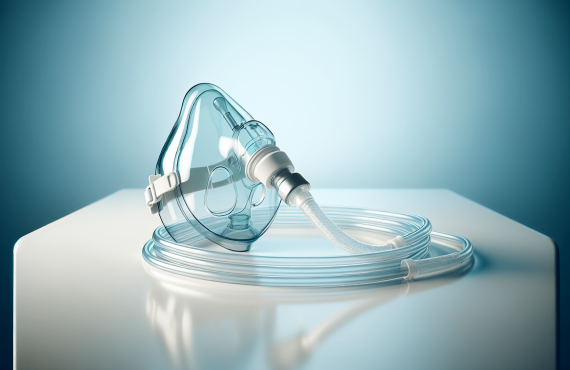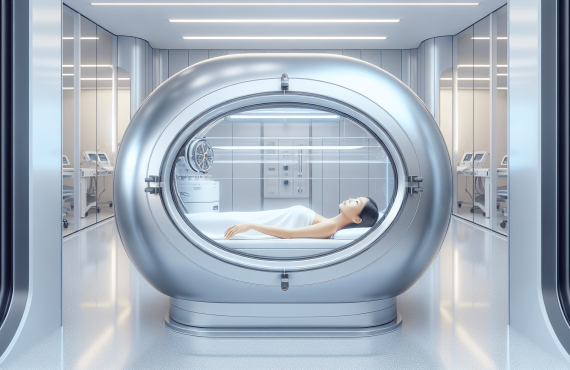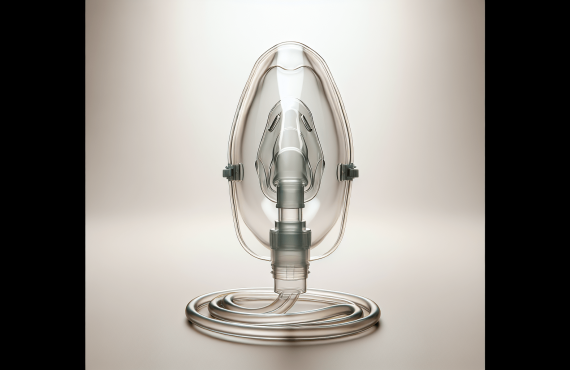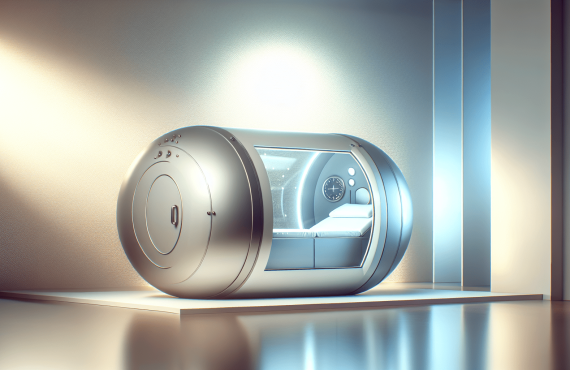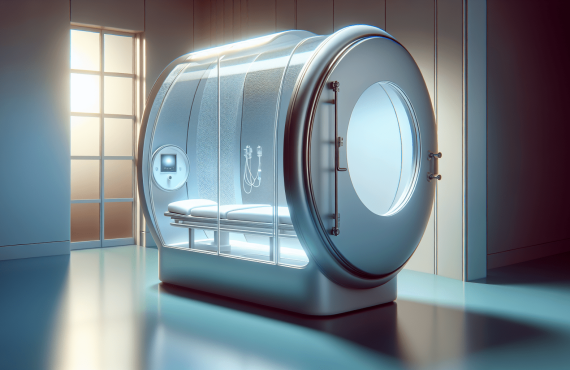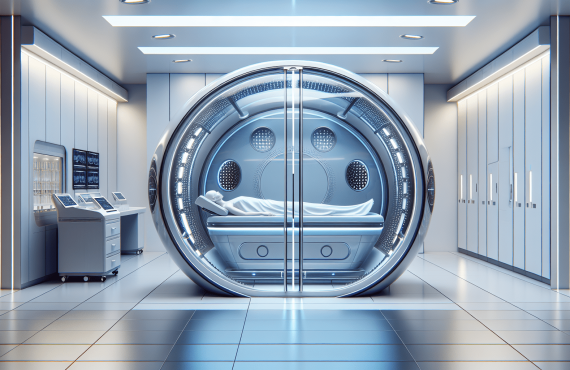Have you ever wondered how to determine when someone might need oxygen therapy? It’s a crucial question, especially when considering the importance of oxygen for our bodies. Oxygen is vital for life, acting as the fuel for our cells. But when is it necessary to intervene with supplemental oxygen? Let’s explore the signs that indicate a patient might need oxygen.

Table of Contents
Understanding the Body’s Need for Oxygen
Before discussing the signs, it’s helpful to understand why our bodies need oxygen. Each breath fills our lungs with air, where oxygen is absorbed into the bloodstream. The blood then transports oxygen to our cells, enabling them to perform essential functions. Without an adequate oxygen supply, organs can suffer, and serious health issues may arise.
Role of Oxygen in the Body
Oxygen helps produce energy that cells require to operate. It’s akin to how gasoline fuels a car. Without it, the engine can’t function. Similarly, insufficient oxygen impairs cell function, potentially causing damage. Organs like the brain and heart are particularly sensitive to oxygen levels.
Identifying Low Oxygen Levels
Recognizing low oxygen levels, or hypoxemia, is often the first step in determining whether a patient needs supplemental oxygen. Here, we’ll delve into some common signs and symptoms that could indicate inadequate oxygen levels.
Shortness of Breath
One of the most obvious signs is shortness of breath, medically known as dyspnea. You might find it challenging to catch your breath, even without physical exertion. This symptom often accompanies chronic respiratory conditions or acute illnesses affecting the lungs.
Rapid Breathing
Rapid breathing, or tachypnea, is another sign of low oxygen. The body attempts to compensate for reduced oxygen levels by increasing the breathing rate, striving to enhance oxygen intake.
Cyanosis
Cyanosis is a bluish discoloration of the skin, particularly noticeable in the lips, fingertips, and toes. This occurs because of diminished blood oxygen levels, turning the blood a darker shade.
Confusion or Restlessness
The brain is highly sensitive to changes in oxygen levels. A lack of oxygen may cause confusion, restlessness, or other altered mental states. Sometimes, the person may seem unusually agitated or lethargic.
Increased Heart Rate
Your heart works harder to maintain oxygen supply when levels are low, resulting in an increased heart rate, known as tachycardia. This compensatory mechanism aims to circulate more blood and thus more oxygen throughout the body.
Fatigue and Weakness
Oxygen is crucial for energy production. With reduced oxygen levels, you may experience fatigue and general weakness, even with minimal activities.
When to Seek Medical Help
Recognizing these signs can be vital, but knowing when to seek medical help is equally crucial. If you notice these symptoms persisting or worsening, it could be a sign of a serious condition requiring immediate attention.
Emergency Situations
In cases where severe symptoms present, such as extreme shortness of breath, chest pain, or loss of consciousness, it’s important to seek emergency medical care immediately. These symptoms can indicate life-threatening conditions like a heart attack or pulmonary embolism.
Consult a Healthcare Professional
If you observe milder symptoms, consult a healthcare professional who can evaluate the need for oxygen therapy. They can perform specific tests to ascertain oxygen levels, including arterial blood gases or pulse oximetry.
How Oxygen Therapy Works
If medical evaluation confirms the need for supplemental oxygen, the next step might involve oxygen therapy. Let’s delve into how this therapy works and what to expect.
What is Oxygen Therapy?
Oxygen therapy is a treatment that provides additional oxygen. This can be administered in different forms, such as via nasal prongs, masks, or oxygen tanks, depending on the severity of the condition.
Administration of Oxygen
There are various methods to administer oxygen. The method selected often depends on the oxygen requirement, patient comfort, and practicality.
| Method | Description |
|---|---|
| Nasal Cannula | Small, flexible tubes are placed in the nostrils to deliver oxygen. Suitable for mild to moderate conditions. |
| Oxygen Mask | Covers nose and mouth to provide higher concentrations of oxygen. |
| Non-Rebreather Mask | Designed to prevent exhaled air from re-entering the bag. Used in more severe cases. |
| Oxygen Tanks | Portable or stationary, these tanks store compressed oxygen. Ideal for patients requiring long-term supplemental oxygen. |
Benefits of Oxygen Therapy
Oxygen therapy has several benefits. It improves energy levels, supports brain function, and enhances overall quality of life. For chronic conditions, it can greatly improve survival rates and lessen hospitalization.

The Role of Hyperbaric Oxygen Therapy
In some situations, hyperbaric oxygen therapy (HBOT) might be considered, especially when healing requires enhanced oxygen delivery. This therapy offers unique benefits beyond traditional oxygen therapy.
How Hyperbaric Oxygen Therapy Works
HBOT involves breathing pure oxygen in a pressurized chamber. This enhances the body’s ability to absorb and utilize oxygen, promoting healing in hard-to-reach areas.
Benefits of Hyperbaric Oxygen Therapy
The benefits of HBOT include reduced inflammation, stimulated growth of new blood vessels, and improved overall healing. It’s particularly useful for chronic wounds and conditions where conventional therapies fall short.
FAQs
Here are some frequently asked questions about oxygen therapy and how it might relate to your situation:
What conditions typically require oxygen therapy?
Oxygen therapy is commonly used for conditions such as chronic obstructive pulmonary disease (COPD), pneumonia, asthma, and sleep apnea.
Are there side effects of oxygen therapy?
While generally safe, oxygen therapy can occasionally cause dry or bloody nose, fatigue, and morning headaches.
How is oxygen therapy monitored?
Healthcare providers use pulse oximeters to monitor blood oxygen levels, ensuring adequate delivery without overexposure.
Can lifestyle changes reduce the need for oxygen therapy?
Yes, quitting smoking, improving diet, and starting a suitable exercise program may help improve lung function and reduce reliance on supplemental oxygen.
Is hyperbaric oxygen therapy suitable for everyone?
HBOT isn’t for everyone. It requires evaluation by a qualified healthcare professional to assess suitability based on individual medical history.
Seeking Help from Professionals
If you suspect a need for oxygen therapy, consider consulting a qualified professional like those at Henry Chiropractic. With experts like Dr. Craig Henry and Dr. Aaron Hixon, finding experienced care tailored to improving your health and wellness becomes more accessible.
For individuals in Pensacola, FL, curious about improving health and wellness, visiting:
Henry Chiropractic
1823 N 9th Ave
Pensacola, FL 32503
(850) 435-7777
Visit their website
Dr. Craig Henry and Dr. Aaron Hixon, who have extensive training and a passion for community health, can provide comprehensive assessments and interventions that meet individual needs.
Conclusion
Understanding when a patient needs oxygen is crucial for preventing serious health issues. Recognizing signs like shortness of breath, cyanosis, and fatigue can guide timely intervention, improving outcomes. Whether through traditional or hyperbaric oxygen therapy, appropriate treatment restores balance, offering a path to better health and well-being. Your health is a priority, and there are professionals ready to assist. Reach out and breathe easier—both literally and figuratively.


